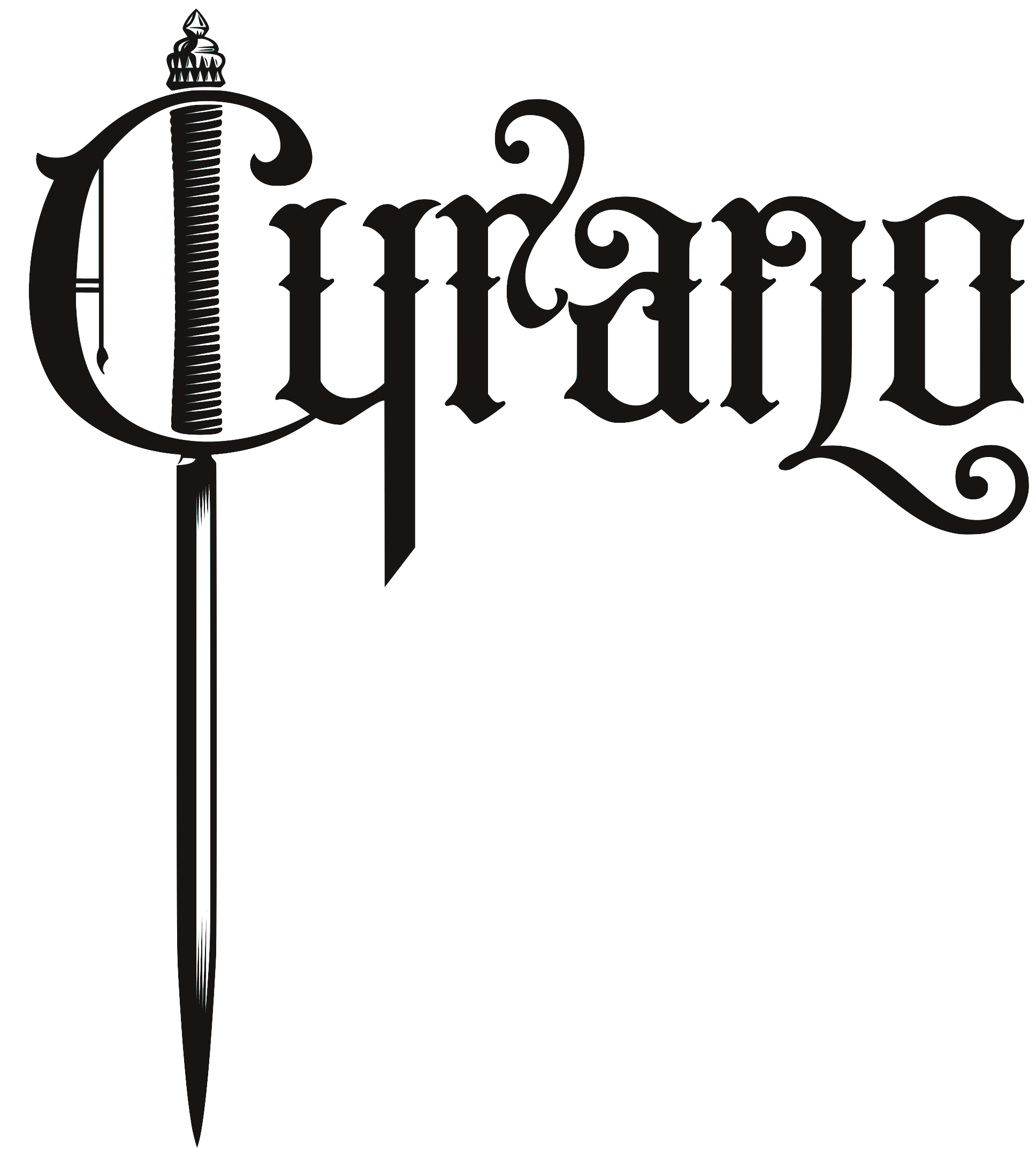ROXANE Batch No 32
ROXANE was crafted for us by Delord family, who has been producing armagnacs for 4 generations. Made from 100% estate owned Colombard grapes that are grown in the Bas Armagnac region in Gers. In 2017, this batch has won the Gold medal at the Concours General Agricole in Paris, and the Silver medal at the San Francisco Worlds Spirit Competition. .
Favorable weather conditions in 2015 spring got the vines off to a good start. This was followed by a very hot July and then the “right” amount of rain in August, which helped to speed up grape maturation. As a consequence, harvesting started two weeks earlier than usual, on 10 September at 3 am.
The colombards were pressed right away and vinified in the winemaking cellar, a few meters from the distillery. The aromas of fermentation filled the air; the excitement was palpable.
Temperature control, must settling, and racking are all techniques well mastered by the oenologue, who was looking for an aromatic wine slightly acidic and low in alcohol, the ideal for distillation. The finished wine was put to rest.
In the heart of winter, on February 2016 and after almost four months of rest, distillation begun. A double distillation alembic was used for creating a fruity balanced and aromatic ROXANE.
First distillation
The unfiltered wine was introduced into the boiler. At the temperature of 78ºC, the alcohol began to vaporize. The vapors passed through the swan’s neck and were condensed into the serpentine. The first portion of the distilled wine, called the “head,” was removed. The second portion, called the “heart,” was kept for a second distillation. The last portion, called the “tails,” was also removed. The entire first distillation, or “premier chauffe,” took 11 hours.
The second distillation
The final, nerve-racking process of the second distillation, or “bonne chauffe,” began. At the end of that 12-hour process, only the lighter substances concentrating the most delicate aromas and making up the main features of the bouquet were allowed into ROXANE, only the heart, keeping only the very best components and eliminating the mediocre. This is what all the fuss is about. It is the part that is ready to be used by ROXANE.
It’s quite a long and stressful process: liquid comes out of a tab, first the ‘heads,’ then the ‘heart’ somewhere in the middle of the flow, at the end the ‘tails.’ The heads, too high in alcohol, and the tails, lacking harmony, are carefully removed. It is a thrilling time, but I am always happy when it is over and successful. Did I say over? It is actually not over until the “Appellation d'Origine Contrôlée” (A.O.C.) panel of experts approve my lovely ROXANE.”
ROXANE left the alembic with a 70% alcohol per volume and for preserving her aromas and crystal clear appearance, was vatted for nine months into inert containers. During maturation, we worked the spirit to a lower alcohol content, finding at 42% the sweet spot for boosting ROXANE’s presence in cocktails.
Chill filtering
Before bottling we chill filtered ROXANE, preventing her from becoming hazy when in the bottle, when served, when chilled, or when water or ice is added, as well as precluding sedimentation from occurring in the bottles. The process involved dropping the temperature of ROXANE to - 4 degrees Celsius, for the fatty acids, proteins and esters (created during the distillation process) to precipitate out so that they were caught on the filter.
Certification
Uniquely in the world of “Appellation d'Origine Contrôlée” (Controlled designation of Origin), a panel of authorized tasters from the BNIA ( Bureau National Interprofessionnel de l'Armagnac) approved ROXANE’s commercialization through a certification. This makes ROXANE a technical product adhering to the strictest standards of quality.



